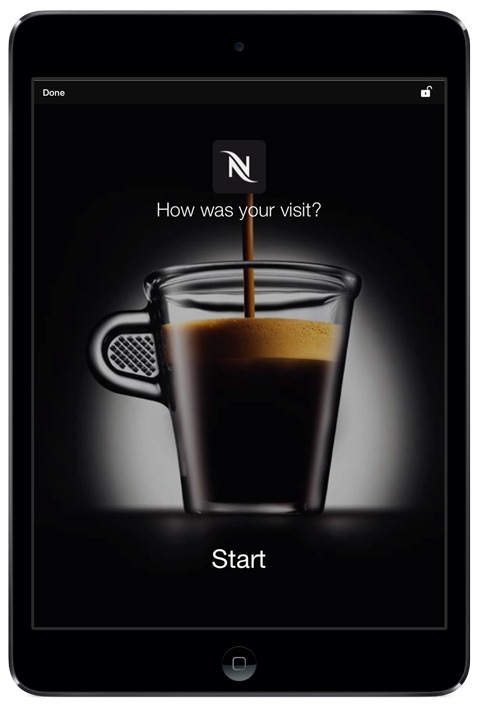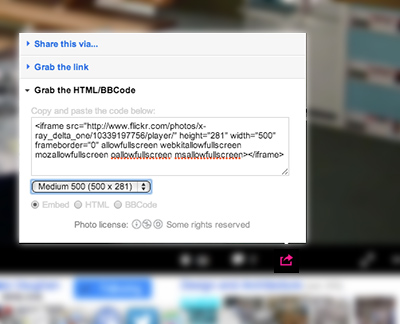
Loop, a startup that makes it easy and quick for retailers to collect feedback from customers, has released version 2.0 of its iOS app. The most important change probably isn’t a product feature, but the fact that Loop is ready to start charging.
With Loop (which I tried out in May), it’s easy for business to put together a survey with a few questions, and then to display that survey on an iPad that they hand to the customer while they’re still in the store. As a result, co-founder and CEO Rajit Marwah said consumers are much more likely to respond than they would to, say, an email survey (though businesses also get a survey link that they can share via email, Facebook, Twitter, or anywhere else). The mobile app also allows businesses to see real-time results.
Marwah said that since launch, Loop has been used by more than 10,000 businesses to collect more than 500,000 responses. During that time, he has also been testing pricing in “11 currencies” and settled on a price of $99 a year for Loop’s pro product. He argued that’s a “disruptive” price compared to someone like SurveyMonkey, which charges between $204 and $780 annually for its paid plans.
Like SurveyMonkey, Loop is using a freemium model — there’s a free version, but businesses have to pay to use more devices, to collect more responses, and to receive customer support. During the tests, Marwah said he found that Loop had three times the conversion rate of “typical” freemium products, and that the low price was “more than offset” by the fact that more people are buying.
The company says other new features in the app include a redesign for iOS 7, the ability to conduct surveys from an iPhone, and the ability to include a page highlighting the business before starting the survey, and easier survey creation. Interested businesses can download the app here.
Loop received seed funding from Archimedes Labs, an incubator whose chief product officer Keith Teare also co-founded TechCrunch.
via TechCrunch » Startups http://feedproxy.google.com/~r/techcrunch/startups/~3/RNSEVBT3TJA/
































